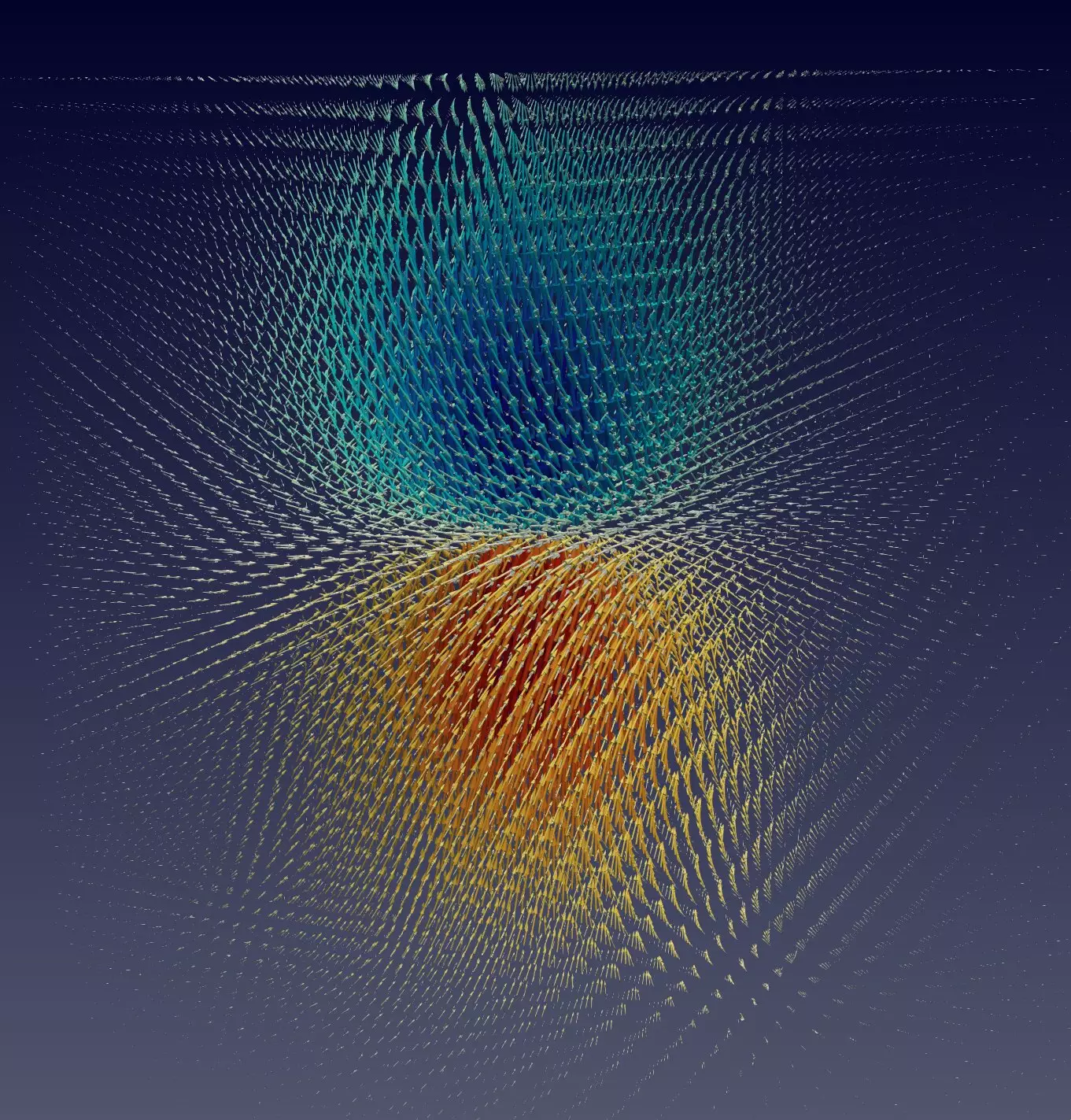Halide perovskites, a class of materials that mimic the structure of mineral perovskites but incorporate halide ions at X sites and cations at A and B sites, have gained attention for their potential in photovoltaics, LEDs, and other optoelectronic devices. Recent research has highlighted their exceptional carrier lifetimes, diffusion lengths, and energy conversion efficiencies. These properties have sparked interest in understanding the underlying physics of halide perovskites, particularly in relation to the formation of unique quasiparticles known as “topological polarons.”
A recent study conducted by researchers at the University of Texas at Austin delved into the electron-phonon interactions in halide perovskites, revealing insights into the formation of polarons. The team, led by Jon Lafuente, Chao Lian, and Feliciano Giustino, aimed to address the experimental gaps in understanding the quantum mechanics behind these materials’ remarkable properties. By utilizing advanced computational methodologies, the researchers were able to simulate the formation of polarons at an atomic scale, uncovering unexpected results that shed light on the unique characteristics of halide perovskites.
The Formation and Behavior of Polarons
The simulations conducted by Lafuente and the team revealed that polarons in halide perovskites can take on diverse forms, ranging from large structures spanning several nanometers to localized entities around specific atoms. Furthermore, these polarons can exhibit periodic distortions, presenting themselves as charge-density waves under certain conditions. The researchers also discovered that polarons in halide perovskites exhibit a twist in their atomic displacements, forming vortex patterns with distinct topological properties akin to magnetic quasiparticles.
The findings of the study open up new avenues for investigating the optical and transport properties of polarons in halide perovskites. By developing advanced computational models to predict the behavior of these quasiparticles under different conditions, researchers hope to uncover additional physical phenomena and extend their insights to other materials beyond halide perovskites. Questions regarding the uniqueness of topological polarons, their tunability through material parameters, and their interaction with light remain at the forefront of future research endeavors.
The study on halide perovskites conducted at the University of Texas at Austin has provided valuable insights into the unconventional nature of these materials and the formation of topological polarons. By combining experimental techniques with high-performance computing, the researchers have unraveled the complex interactions between electrons and lattice vibrations in halide perovskites, paving the way for further exploration of their optoelectronic properties. The unique characteristics of polarons in halide perovskites offer a promising direction for future research in the field of materials science and photonics.


Leave a Reply